MALTA
Economy

Economy

Cities in MALTA
| Valetta |
Economy
General
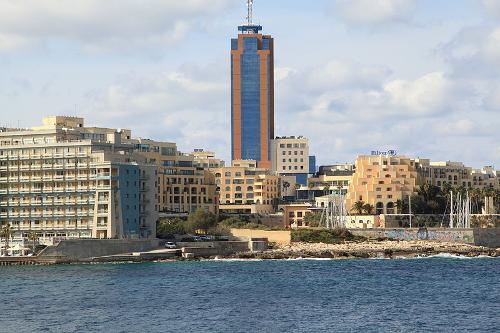 Portomaso business tower, MaltaPhoto: Frank Vicentz CC 3.0 Unported no changes made
Portomaso business tower, MaltaPhoto: Frank Vicentz CC 3.0 Unported no changes made
Malta was considered a developing country until the 1980s, but then experienced spectacular economic growth. The island economy is not very strong, but reasonably stable. This is mainly due to tourism. The government is the largest employer. Since 1987, efforts have been made to attract foreign investors by means of very favourable fiscal conditions and to develop Malta into an international financial centre. Malta's central location between Africa, Europe and the Middle East is, of course, extremely suitable for this. The EU and Italy provide Malta with financial support.
Economic growth in 2017 was 6.7% and GDP per capita was $41,900. The unemployment rate was 4.6% in 2017.
Agriculture, livestock and fisheries
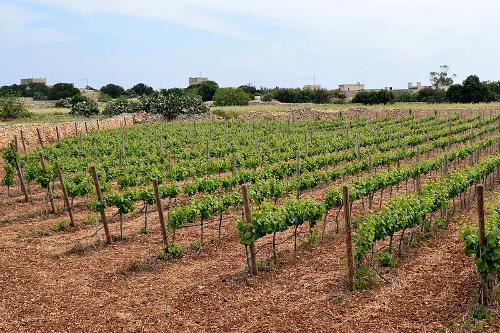 Vineyard MaltaPhoto: Florival fr CC 3.0 Unported no changes made
Vineyard MaltaPhoto: Florival fr CC 3.0 Unported no changes made
Most farms are small and for most farmers it is a supplementary income. Not more than half of the total land area is suitable for arable and livestock farming. Total agricultural production (including fisheries) represented only 1.1% of GDP in 2017. Crops that are exported are potatoes, onions, cut flowers and plants. Furthermore, many wine grapes are grown, but not enough for the local wine industry. Vegetable, fruit and cattle farming do not produce enough for local consumption. The fishing industry employs 1,000 people fully or partly, but only accounts for a small share of the Maltese economy.
Industry and energy supply
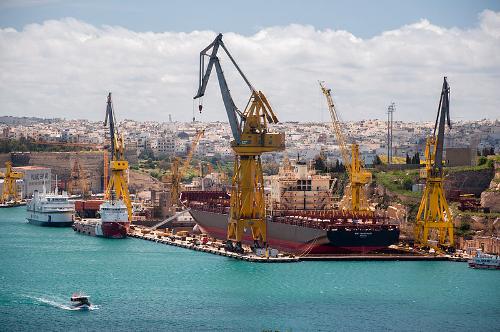 Malta Dry DocksPhoto: Boguslaw Garbacz CC 3.0 Unported no changes made
Malta Dry DocksPhoto: Boguslaw Garbacz CC 3.0 Unported no changes made
The largest private employer in Malta is the Malta Drydocks, the former shipyards and dry docks of the British Fleet base with over 5000 employees. The dockyards were privatised by the Maltese Government in the early 1970s. Malta also has shipyards specialising in the construction and repair of yachts. There are also a number of small businesses producing cigars, textiles, glass and pottery. Energy supply in Malta is entirely dependent on imports of petroleum from the Middle East. The continental shelf surrounding the islands contains oil and natural gas.
Trade
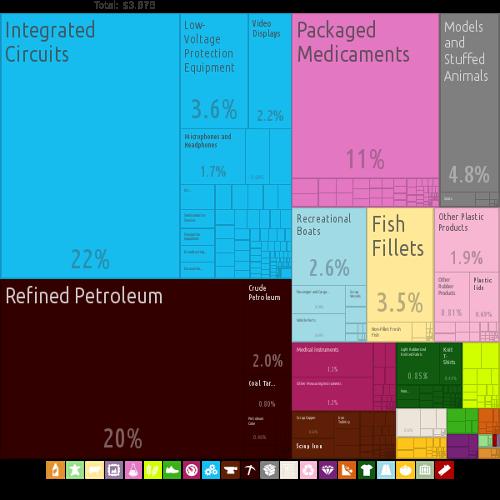 Export MaltaPhoto: Alexander Simoes, Cesar Hidalgo et al CC 3.0 no changes made
Export MaltaPhoto: Alexander Simoes, Cesar Hidalgo et al CC 3.0 no changes made
The trade balance is always in deficit. The main imports ($5 billion in 2017) consist of food, semi-finished goods, vehicles, machinery, chemicals, alcohol, petroleum and petroleum products. The biggest suppliers are: France, Britain, Italy and Germany. The main export products ($3.3 billion in 2017) are textiles, clothing, footwear, machinery, plastics, potatoes, onions and tobacco products. The main buyers are Italy, Germany, Great Britain, France.
Traffic
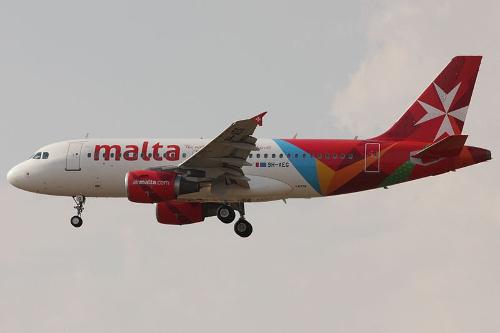 Air MaltaPhoto: MX8 CC 3.0 Unported no changes made
Air MaltaPhoto: MX8 CC 3.0 Unported no changes made
Malta has an airport, Luqa, which has been extensively modernised in the recent past. The state-owned Air Malta, founded in 1973, operates services to Europe and North Africa. The Grand Harbour is visited by many merchant ships. There are ferry services to Sicily and Southern Italy. The road network is reasonably maintained. Malta has not had a railway line since 1931; public transport (buses and taxis) is in the hands of small private operators.
Sources
Boulton, S. / Malta
Kosmos
Cutajar, D. / Malta en Gozo
Publications Ltd.
Encarta Encyclopedie
Leeuwen, G. van / Malta
ANWB
Strijbos, E. / Malta en Gozo
Gottmer
CIA - World Factbook
BBC - Country Profiles Minbuza
Copyright: Team The World of Info